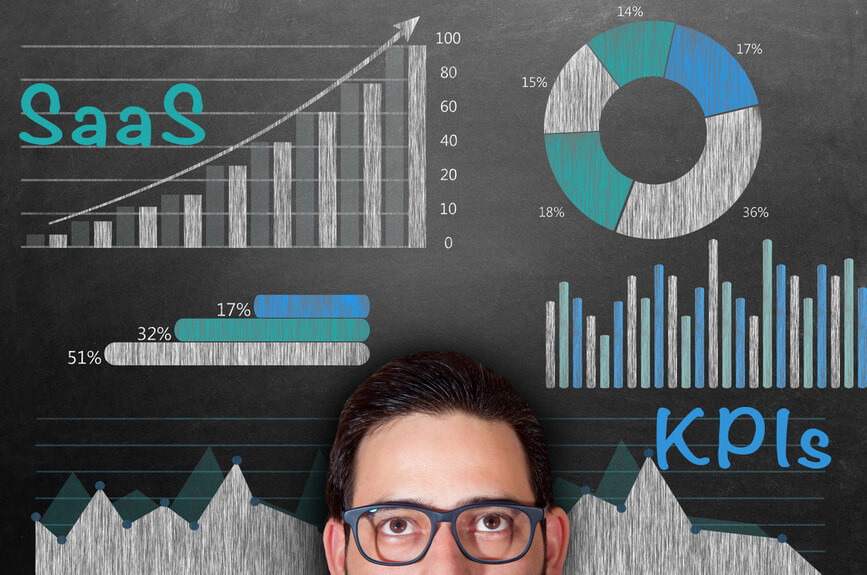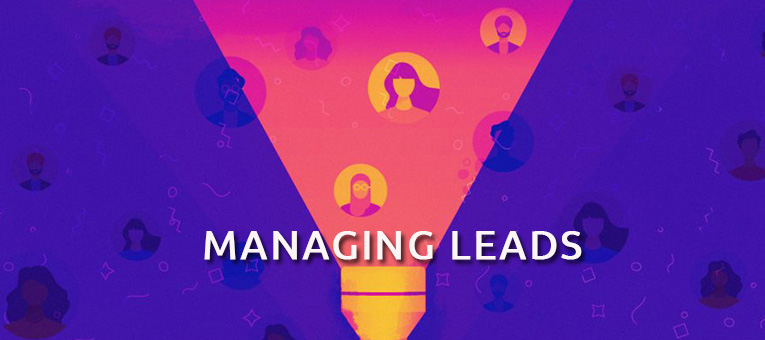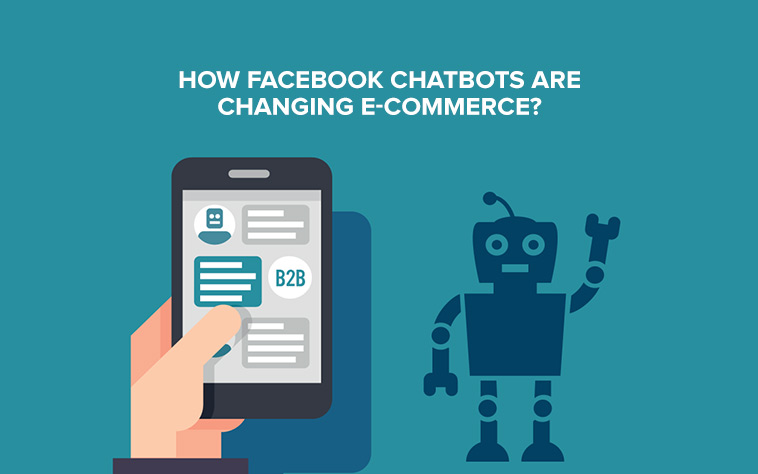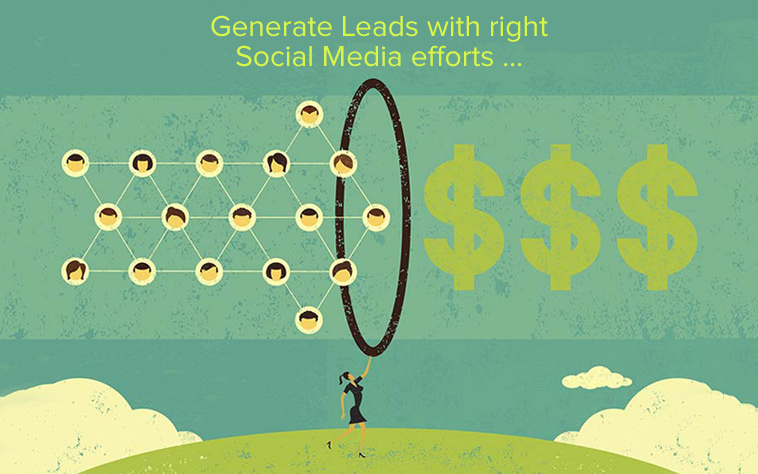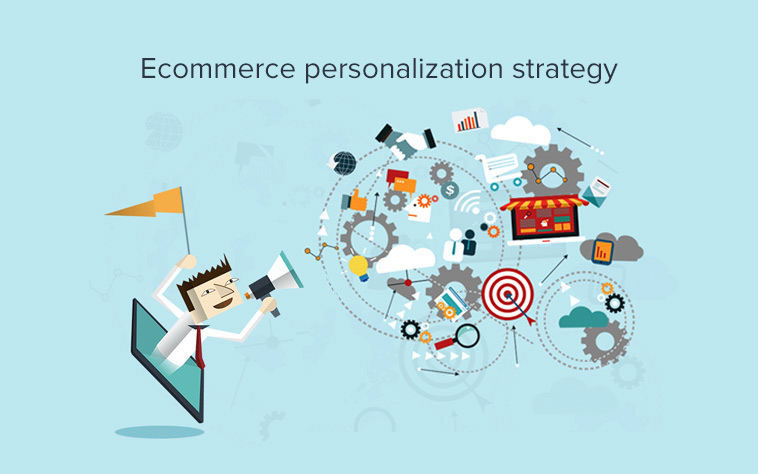Software-as-a-service industry has been steadily growing for two decades now. The industry is expected to grow at a rate of $76 billion per year with SaaS IPOs doubling over the last decade. The industry has grown exponentially and is also witnessing fierce competitions in an ever-changing industry. It’s not easy to make and break as a SaaS company. According to a recent study, a software company that grows only at a rate of 20% has a 92% of ceasing operations in the coming future. Even 60% yearly rise could lead to a 50% chance of surpassing $1 billion in revenues.
In such a demanding market and competitive environment, it is important to maintain and study essential metrics. These metrics could help in improved customer satisfaction, increased revenue and better management. The three essential steps to become a successful SaaS Company is to acquire, retain and monetize customers. We’ll discuss about the key metrics derived from these steps to successfully run a Saas company:
- Revenue:
Newly founded Saas companies have to bear heavy losses in forming years in lieu of acquiring customers and promoting the product. Customer retention heavily affects the revenue and growth rate and analysing your revenues closely could prove a long way in - Customer Lifetime Value (CLV):
Any software has a or a subscription in it has a lifetime after the expiration of which the customer is expected to renew his account to avail the services. This is the Customer Lifetime Value (CLV). It is the average amount of money the consumer pays the company during the entire engagement. Finding out the ‘average revenue per account’ could also be instrumental in increasing profits. - Customer Acquisition Cost (CAC):
The average cost spent on acquiring new customers is called the Customer Acquiring Customer Cost (CAC). CAC along with the CLV determines if any business is profitable. The number of sales divided by the marketing expenses gives the Customer Acquisition Cost. CAC is one of the most important steps for a new SaaS company. - CAC to CLV ratio:
The CLC to CLV ratio determines the growth of any SaaS firm. It displays the lifetime value of your customers and the total amount spent on acquiring them in one metric. The CLC to CLV ratio helps in identifying successful and unsuccessful campaigns and products. - MQL & SQL:
Marketing Qualified Leads (MQL) and Sales Qualified Leads (SQL) are the base of the SaaS company as it helps them identify potential buyers. The process is time-taking and could range from few days to years. Thorough grasp of lead’s qualifications could boost the business. - Customer Churn
Tracking losses is vital for any business. The customer churn are the consumers who have cancelled their respective subscriptions. Tracking components and reasons behind customer churns helps sales immensely.
Inculcating Data Science and the SaaS Metric could give wings to your new or struggling software business. Taking care of minor nuances could result into big time profits and save huge capital and effort.
